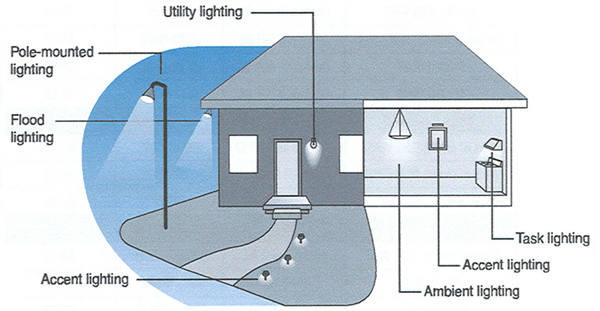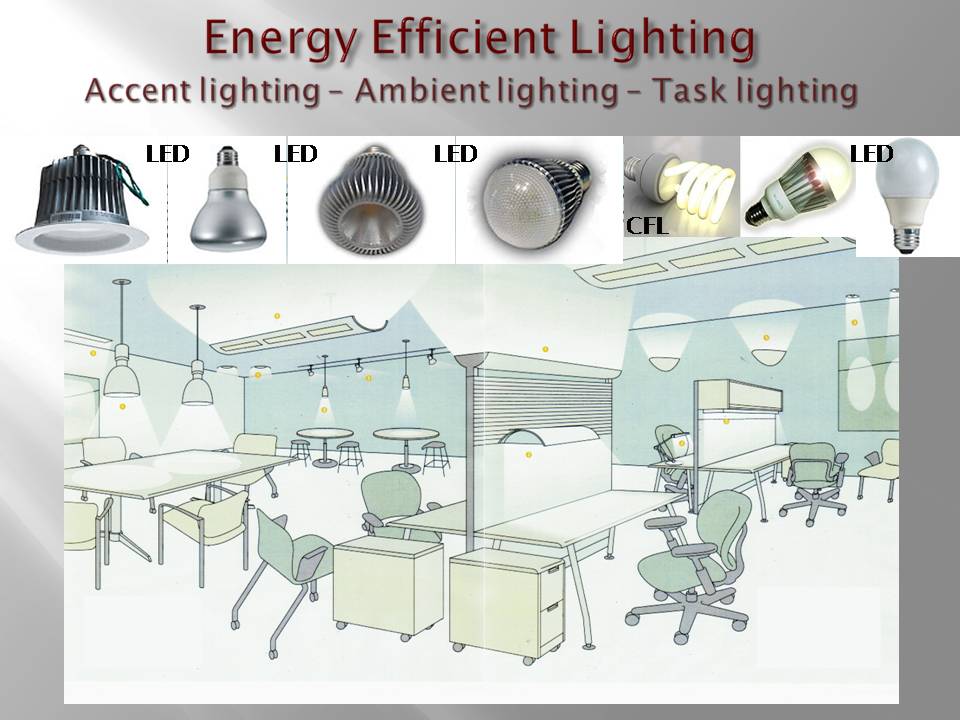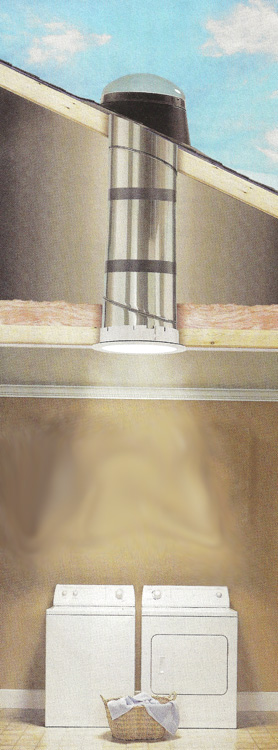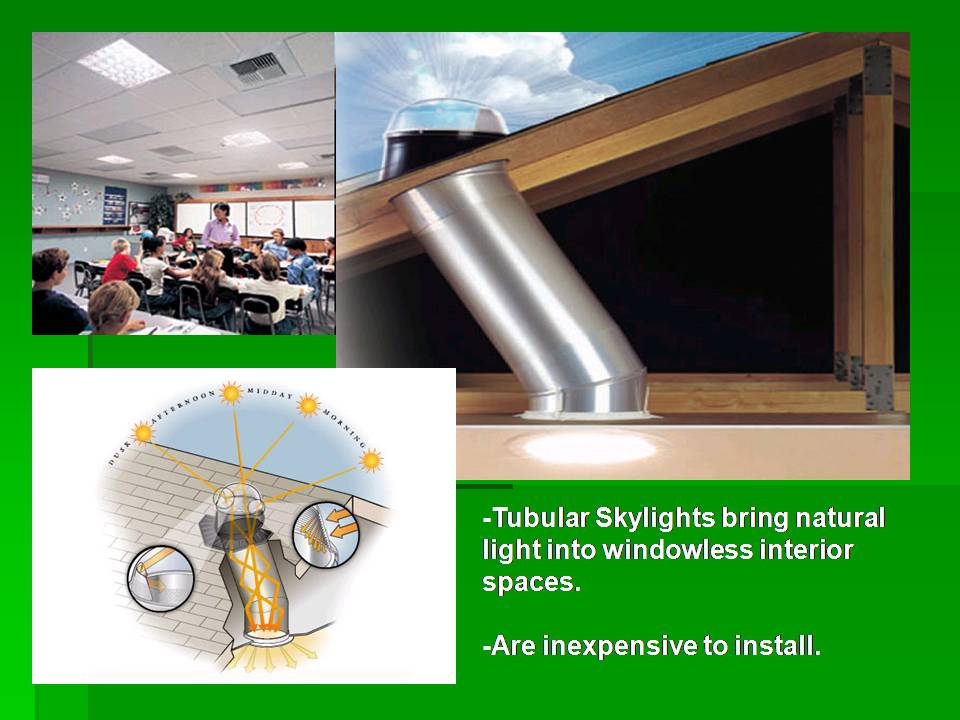

Learn About LEDs in Energy Star's website
PRG TruColor HS Remote Phosphor Lighting that is basically an LED panel that triggers a chemical reaction of some sort in an overlaying panel that can be interchanged for another color blend and outputs a whopping 4000 watt tungsten equivalent of light. That's nice, but it's also expensive at $3500.
Is the plasma light next in line for Lighting? For more info click here



Light-emitting diodes (LEDs).
It is predicted that the U.S. market for LED lighting will grow 300% from 2010 to 2014. Some of these semiconductor devices are already up to twice as efficient as compact fluorescent Lamps (CFLs), and prices are dropping.
A new generation of lighting fixtures is being developed to exploit LEDs' pinpoint light source, which permits exquisitely precise optical control, further boosting their energy savings. And new way to control LEDs with minimal wiring, could allow for fine-grained control of buildings' lighting and significantly reduce both energy and capital needs. Meanwhile, next-generation LEDs that replace semiconductors with organic compounds, called OLEDs, are already appearing in cell-phones and cameras and could make superefficient, higher-quality televisions widely available.
VELUX: www.veluxusa.com
1-800.888.3589
SOLATUBE: www.solatube.com
1-888-765-2882
SUNPIPE: www.sunpipe.com
1-800-844-4786
NATURAL LIGHT: www.nltubular.com
TRU-LIGHT: www.tru-lite.com
1-800-873-3309
SUN DOME BY DAYLIGHT ING TECHNOLOGIES:
www.sun-dome.com
1-800-596- 8414
ODL: www.odl.com
1-866-835-4968